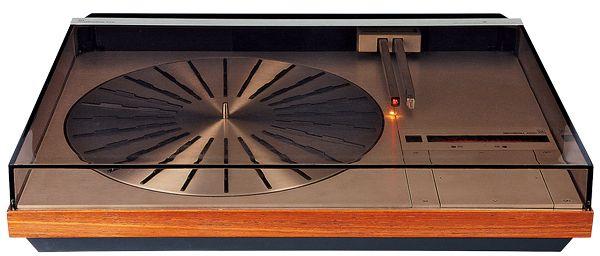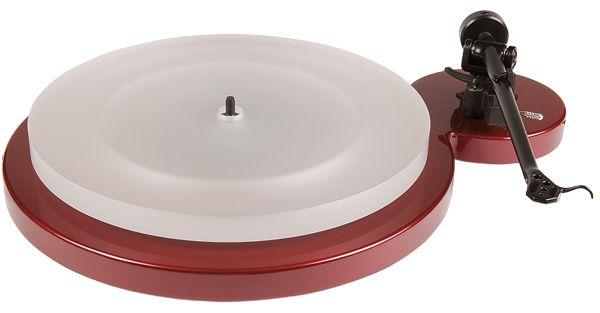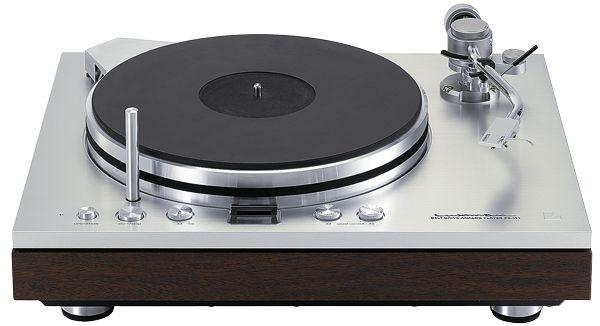Turntables, Arms & Cartridges
Sort By: Post Date TitlePublish Date
|
Jul 01, 2018
|
Jan 01, 2018
|
Jan 09, 2015
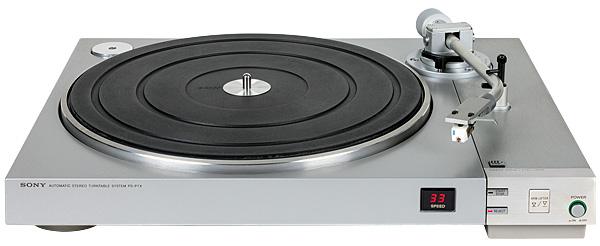
 Launched in the late '70s as part of a new wave of shoebox-sized systems from Japan, this elegant deck packed plenty of groundbreaking tech. How does it perform today?
Launched in the late '70s as part of a new wave of shoebox-sized systems from Japan, this elegant deck packed plenty of groundbreaking tech. How does it perform today?
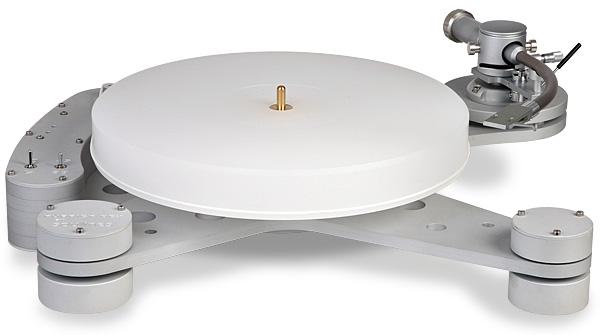
 A new name in turntables from Serbia and an equally new arm from Timestep in the UK make for a very stylish combination. But do they sound as good as they look?
A new name in turntables from Serbia and an equally new arm from Timestep in the UK make for a very stylish combination. But do they sound as good as they look?
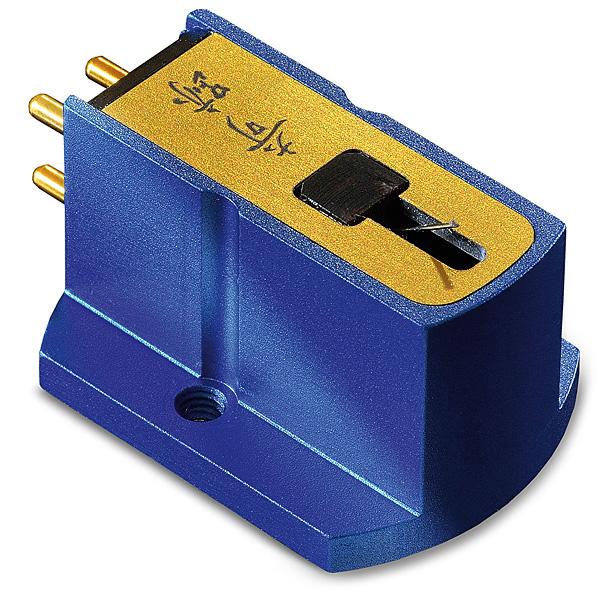
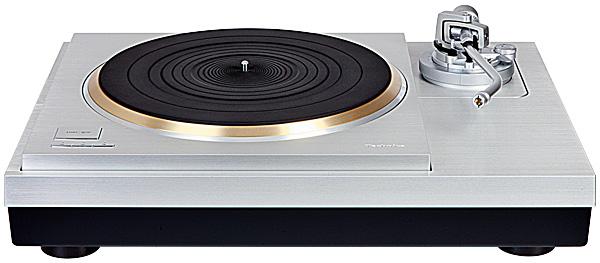
 Two years since the rebirth of the iconic SL-1200, Panasonic's high-end brand is back with its flagship direct-drive turntable. It had to be special, and so it proved
Two years since the rebirth of the iconic SL-1200, Panasonic's high-end brand is back with its flagship direct-drive turntable. It had to be special, and so it proved
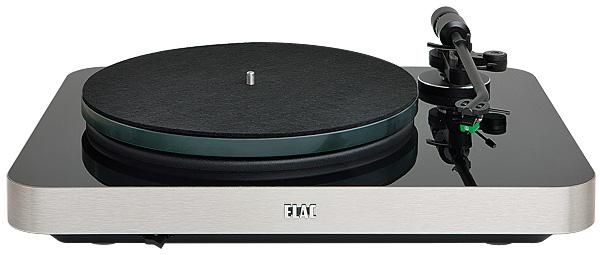
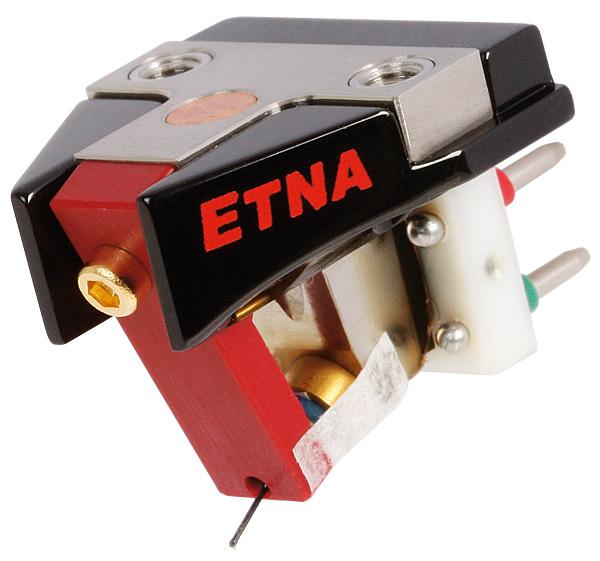
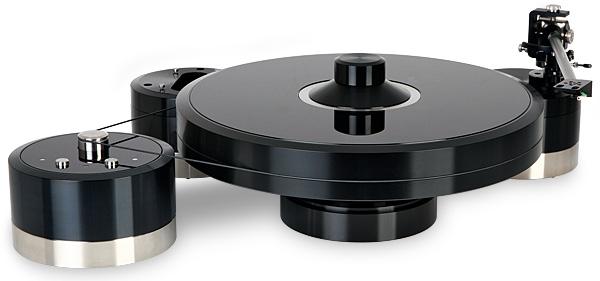
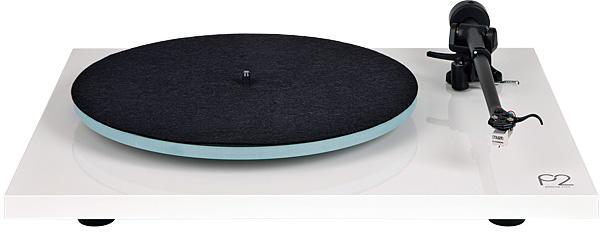
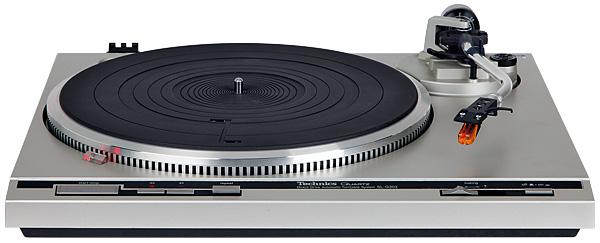
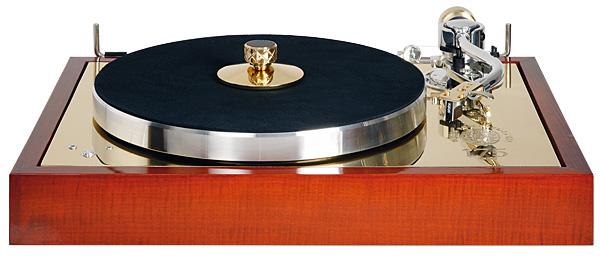
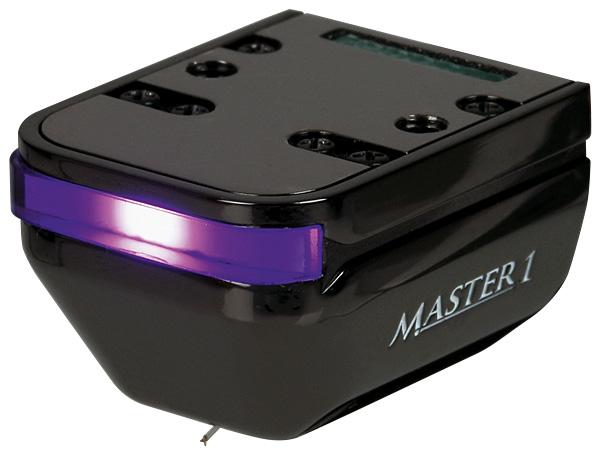
 DS Audio’s flagship optical cartridge is one of the most expensive we’ve tested – but the £20k price tag includes a dedicated PSU/equaliser. KK rediscovers his LP collection...
DS Audio’s flagship optical cartridge is one of the most expensive we’ve tested – but the £20k price tag includes a dedicated PSU/equaliser. KK rediscovers his LP collection...

